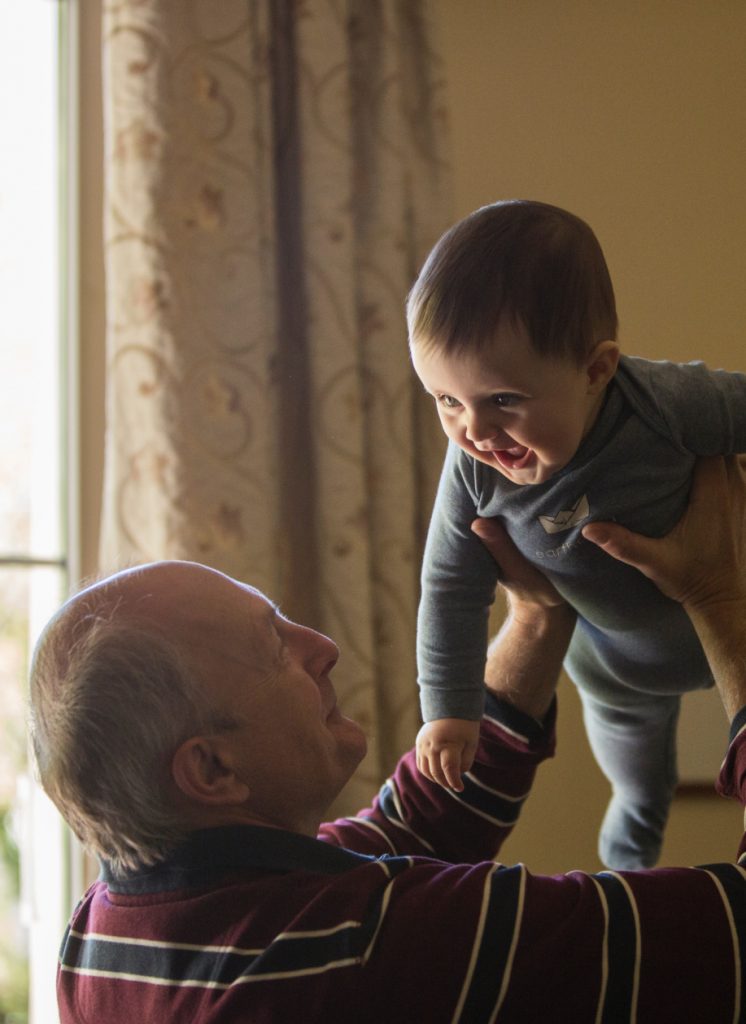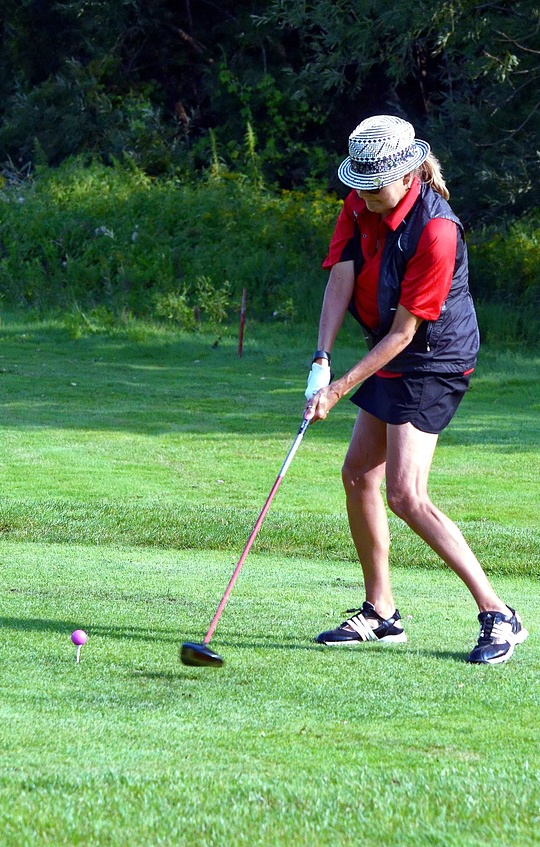PRP Joint Injections in La Jolla and San Diego
Does the sight of stairs or workout equipment make you wince with anticipated pain?
Have you been trying to ignore joint pain?
Have your cortisone or hyaluronic acid shots stopped working?
Cortisone shots and surgery may not be your only—or even best—options.
Learn about PRP joint injections when you watch this 4-minute video.
You CAN return to your regular workout, tennis schedule, or simply enjoy bounding up the stairs again, pain-free.
PRP joint injections are proving to be ideal treatments for our San Diego and La Jolla patients with pain stemming from:
-
osteoarthritis
-
old and new injuries
-
repetitive movements sustained in sports and work
-
natural aging
 “I suffered from consistent knee pain following strain due to sport and fitness training. I was having difficulty with my normal exercise routine and daily tasks due to the pain. The knee injection took about an hour to complete; the injections were virtually painless and I was only sore for about a day or two.
“I suffered from consistent knee pain following strain due to sport and fitness training. I was having difficulty with my normal exercise routine and daily tasks due to the pain. The knee injection took about an hour to complete; the injections were virtually painless and I was only sore for about a day or two.
Following the injections, I was able to resume my normal activities almost immediately. It has been several months since my treatment and I continue to experience almost no knee pain. I am grateful for the quality service and warm care I received. Can’t wait to get my other knee done!”
– Karla Cortez, San Diego, CA

Recapture your REAL range of motion and enjoy family activities with less pain or pain-free!
What is Platelet Rich Plasma (PRP)?
Platelet-rich plasma is nothing more than a few tubes of your own drawn blood run through a centrifuge to concentrate powerful, healing platelets. These platelets are proteins that stimulate cell growth and differentiation. When the platelets are re-injected into your knee they help heal tendons, cartilage, and bone, and even boost production of joint or synovial fluid.
Platelets heal injured, damaged tissues in two ways:
-
by prompting stem cells to swarm the area
-
by providing the powerful blood plasma nutrients that feed the regenerating tissue
Over the last 20 years, this evidence-based procedure has been used on millions of patients and has been proven safe.
PRP injections have earned “Level 1/Level A evidence status,” meaning that many robust studies establishing its effectiveness have been conducted. Further Level 1/Level A status means that additional researchers have conducted meta-analyses or the studies of those studies.
These meta-analyses have also concluded that PRP knee injections effectively heal the joint long-term.
How Do You Know if Your Joint Issues Will Benefit from PRP Joint Injections?
Joints are vulnerable to several tears including the shoulder’s acromioclavicular (AC), the knee’s posterior cruciate ligament (PCL), lateral collateral ligament (LCL), medial collateral ligament (MCL) as well as the ulnar collateral ligament (UCL). In addition to the shoulder, elbow, and knee, serious joint injuries can occur in the ankles, wrists, and thumbs. If you’ve been diagnosed with a rotator cuff injury, knee, elbow, or ankle “sprain,” most likely you have injured a tendon and bone in one of these areas.
Common causes of joint injuries are:
-
repetitive motion (ask the professional pitchers)
-
bicycle wrecks
-
car accidents
-
falls
-
strenuous labor
-
osteoarthritis
Injured joints swell, limiting their range of motion or even making them immobile (referred to as frozen shoulder, locked knee, tennis elbow.) If you’ve heard that you have one of the following joint issues, PRP joint injections may help you.
-
Tennis Elbow
-
ACL Tears
-
Plantar Fasciitis
-
Iliotibial Band Syndrome
-
Rotator Cuff Tears
-
Achilles Tendinitis And Tears
-
Osteoarthritis
-
Quadriceps And Hamstring Tears

PRP joint injections help you get back to your favorite sports and workouts with less joint pain.
 “I am about to turn 72, am an avid pickleball player and have beaten my knees up pretty seriously most of my life! Recently, three months after surgical repair of a meniscus tear, I still wasn’t back to my usual daily picklepall.
“I am about to turn 72, am an avid pickleball player and have beaten my knees up pretty seriously most of my life! Recently, three months after surgical repair of a meniscus tear, I still wasn’t back to my usual daily picklepall.
I went to Dr. Pedí for a round of PRP injections. I found it practically painless, both during and after the procedure. After a month or so, I had experienced some improvement, but I still wasn’t back to pickleball all the time!
I was just about to call him for another round of injections when I realized I was getting better and better. And then: pretty much pain-free! Today, I’m playing 3-5 days a week, and I am literally playing better than ever.
My pain level prior to the PRP injections was pretty consistently between 3 and 5, depending on what activity I was doing. Now, post-PRP, I sometimes have a pain level of 1.
I love Dr. Pedí! Terrific “bedside manner.” Gives you all the time and attention you need. Really conveys how much he cares about you as a patient. Heartily recommend!”
– Cynthia Romaker, Rancho Santa Fe, CA
“PRP injections take just one hour…” and more of your questions answered
How to Prepare for PRP Injections
The PRP procedure is simple, requiring about one hour. No preparation is involved other than avoiding any steroidal or nonsteroidal anti-inflammatory drugs for two weeks prior to the procedure.
What to Expect on PRP Joint Injection Day
The full procedure may take between one to two hours. We will take a blood draw which will be processed immediately while you rest. We may use some topical numbing cream to prepare you for the injection, but most patients report feeling nothing more than a little pinch without the numbing cream. We will schedule a follow-up appointment to check your progress.
What to Expect After PRP Joint Injection
Most ligaments and tendons heal within a period of 3 months. The first 4 days post/PRP treatment are the most important. Because the PRP is calling on blood and stem cells to flood the joint, expect some swelling that lasts up to one week. Avoid stressing the joint or you may cause the treatment to be ineffective.
Number of PRP Injections
The number of Prolo or PRP injections you’ll need depends on the severity of your injury. Often 2-3 treatments are advised. In some cases, a single PRP injection is sufficient for soft tissue injuries, particularly when the patient is also undergoing physical therapy.